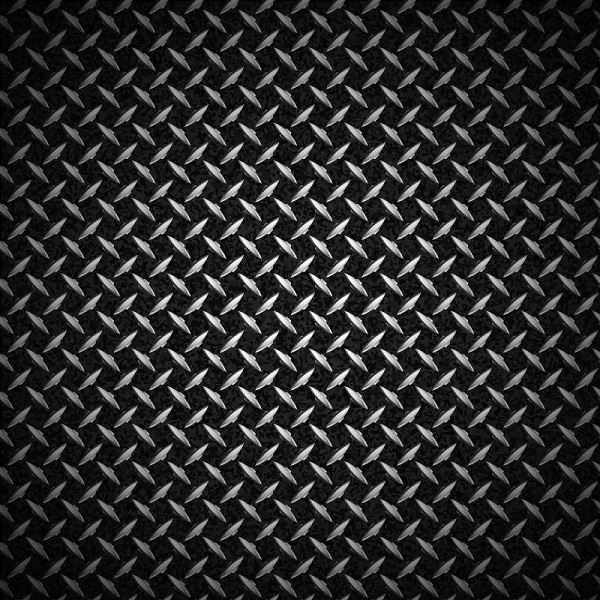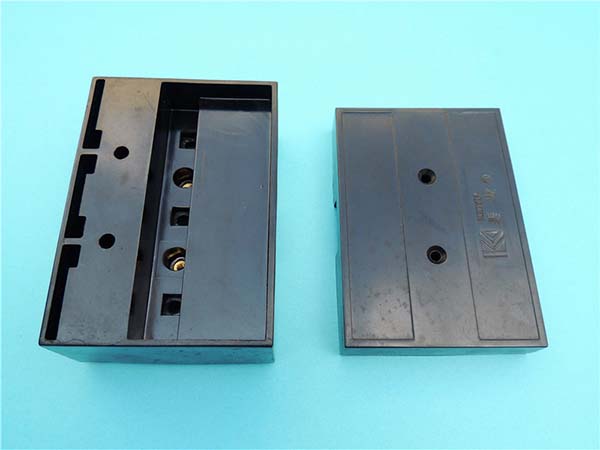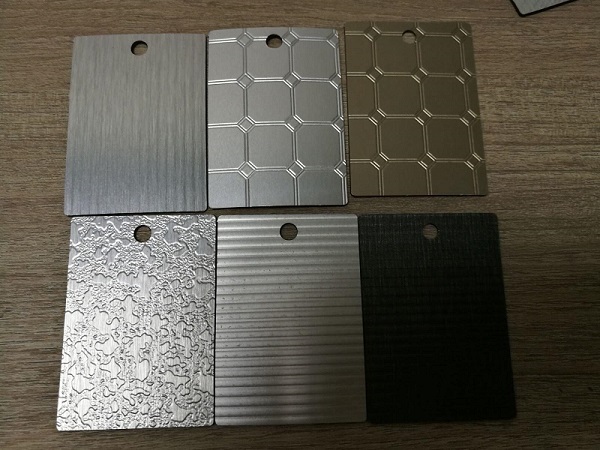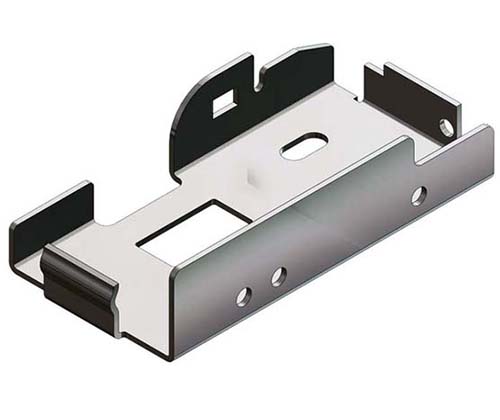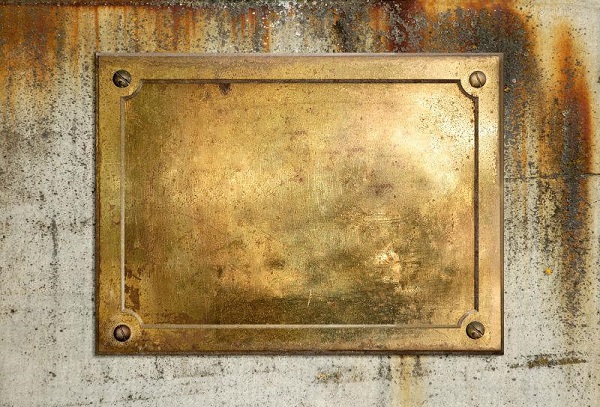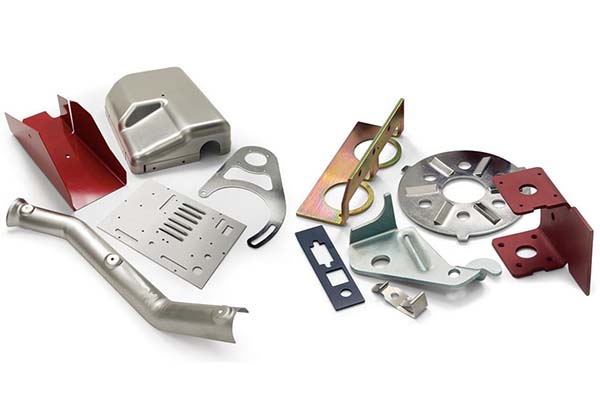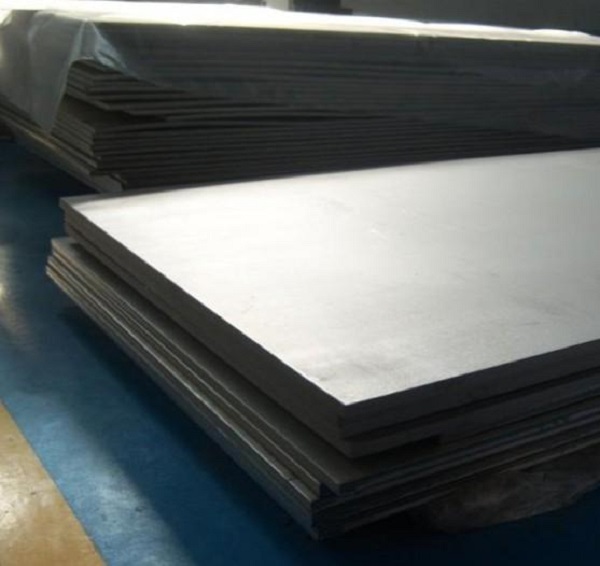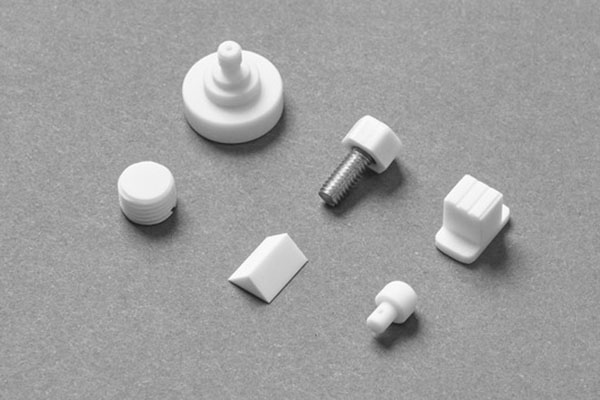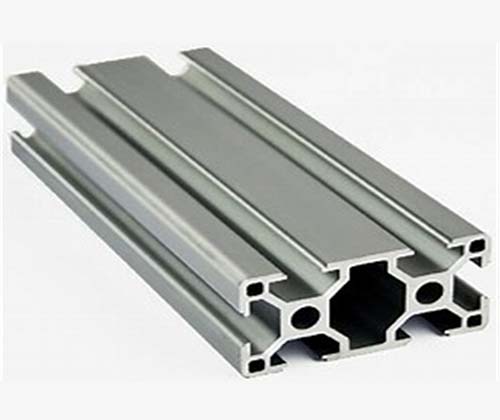What is Professional Sheet Metal Fabrication?
Professional sheet metal fabrication is a specialized manufacturing process that involves working with thin metal sheets to create various components and products. It encompasses a wide range of techniques, including cutting, bending, forming, welding, and finishing, all performed with high precision and expertise.
In the manufacturing industry, professional sheet metal fabrication plays a pivotal role. It serves as the backbone for producing countless products that we encounter in our daily lives, from the appliances in our homes to the vehicles we drive and the structures we inhabit. Its importance lies in its ability to transform raw metal sheets into functional and durable parts with tight tolerances, ensuring optimal performance and reliability.
This process is involved in numerous industries. For example, in the aerospace industry, sheet metal components are used in aircraft bodies, wings, and engine parts. The need for lightweight yet strong materials makes sheet metal an ideal choice. High - precision fabrication ensures that these components can withstand the extreme conditions of flight. In the automotive industry, sheet metal is used to create car bodies, chassis parts, and interior components. The ability to form complex shapes and achieve consistent quality is crucial for mass - production. The electronics industry also heavily relies on sheet metal fabrication for enclosures that protect delicate electronic components from environmental factors and provide electromagnetic shielding. Additionally, in the construction industry, sheet metal is used for roofing, siding, and ductwork, where durability and weather - resistance are essential.
The Process of Professional Sheet Metal Fabrication
Professional sheet metal fabrication is a multi - step process that requires precision, skill, and the right tools at every stage.
Design Phase
The design phase is the foundation of any sheet metal fabrication project. Computer - Aided Design (CAD) software is extensively used in this stage. With CAD, engineers can create highly detailed 2D and 3D models of the desired components. For example, a design for an electronic enclosure will specify all the dimensions, cutouts for ports, and the shape of the box with a precision of up to 0.01mm in some cases. Designers need to consider factors like the intended use of the final product, material thickness, and the manufacturability of the design. A poorly designed component may be difficult or even impossible to fabricate, leading to increased costs and production delays.
Material Selection
There are several common materials used in sheet metal fabrication, each with its own unique properties. Steel is a popular choice due to its high strength and relatively low cost. Mild steel, for instance, has good formability and is often used in general - purpose applications like machinery enclosures and structural components. Stainless steel, on the other hand, offers excellent corrosion resistance, making it ideal for applications in harsh environments such as food processing equipment, medical devices, and marine components. Aluminum is lightweight and has good thermal and electrical conductivity. It is frequently used in the aerospace and automotive industries where weight reduction is crucial, like aircraft wings and car engine parts. When choosing a material, factors such as the component's application, environmental conditions it will be exposed to, cost - effectiveness, and mechanical properties required (such as strength, hardness, and ductility) need to be carefully considered.
Cutting and Shaping
Cutting and shaping are critical steps in transforming flat metal sheets into the desired components. Laser cutting is a widely used cutting method. It uses a high - power laser beam to precisely cut through the metal sheet with a kerf (the width of the cut) as small as 0.1 - 0.3mm, allowing for very intricate and accurate cuts. This method is suitable for a variety of materials and thicknesses. Stamping is another common technique, especially for mass - production. In stamping, a die is used to punch or form the metal sheet into the desired shape. For example, car body panels are often produced through stamping processes. Other shaping methods include bending, which can be done using a press brake to create accurate angles in the metal sheet, and rolling to form cylindrical or curved shapes.
Assembly and Finishing
After the individual parts are cut and shaped, they need to be assembled. Welding is a primary method of joining sheet metal parts. There are different types of welding processes, such as MIG (Metal Inert Gas) welding and TIG (Tungsten Inert Gas) welding. MIG welding is faster and suitable for thicker materials, while TIG welding provides a more precise and high - quality weld, often used for thinner sheets and high - precision applications. Once assembled, the components usually go through surface finishing processes. Painting or powder coating not only improves the aesthetic appearance of the product but also provides protection against corrosion. Electroplating, like chrome plating or nickel plating, can enhance the appearance and also add properties such as wear resistance and improved electrical conductivity in some cases.
How to Ensure Quality in Professional Sheet Metal Fabrication
Skilled Workers
Skilled workers are the cornerstone of ensuring quality in professional sheet metal fabrication. They possess in - depth knowledge and years of hands - on experience. For example, a skilled welder can precisely control the heat input, voltage, and wire feed rate during MIG or TIG welding. This precision ensures that the welds are strong, free from defects like porosity and cracks, and have an aesthetically pleasing appearance. A proficient press - brake operator can accurately bend metal sheets to the required angles, often achieving tolerances as tight as ±0.5 degrees. Their expertise also extends to problem - solving. When faced with unexpected issues during the fabrication process, such as material warping during laser cutting, they can quickly analyze the problem and implement effective solutions, such as adjusting the cutting speed or cooling parameters.
Advanced Equipment
Advanced equipment plays a vital role in guaranteeing high - quality sheet metal fabrication. Laser cutting machines are highly accurate. For instance, some modern laser cutters can achieve a positioning accuracy of ±0.05mm, which is crucial for creating components with intricate shapes and tight tolerances. CNC (Computer Numerical Control) press brakes offer repeatability and precision in bending operations. They can store multiple bending programs, ensuring that the same part can be produced consistently with the exact same angles and dimensions, batch after batch. Automated stamping machines used in high - volume production can produce thousands of parts per hour with consistent quality, as they are programmed to maintain precise pressure and motion control throughout the stamping process.
Quality Control System
A robust quality control system is essential for professional sheet metal fabrication. It typically starts with in - process inspections at each major stage of the fabrication process. For example, after the cutting stage, the cut edges are inspected for any signs of roughness, burrs, or incorrect dimensions. This can be done using measuring tools like calipers, micrometers, and optical measuring systems. Final inspections are then carried out on the fully assembled and finished products. Here, the components are checked for overall functionality, appearance, and compliance with the design specifications. Quality control charts are often used to monitor the production process over time. For example, a control chart for the thickness of a sheet metal component can help detect any trends or variations outside the acceptable tolerance limits, allowing for timely adjustments to the manufacturing process. Additionally, non - destructive testing methods such as ultrasonic testing can be used to check for internal defects in welded joints without damaging the components.
Yigu Technology's Viewpoint
As a non - standard plastic metal products custom Supplier, Yigu Technology has a deep understanding of professional sheet metal fabrication. With years of experience in the field, we have successfully completed numerous projects across various industries. Our state - of - the - art equipment, including high - precision laser cutters and advanced CNC press brakes, enables us to achieve tight tolerances and high - quality results.
Our team of skilled engineers and technicians is proficient in every aspect of sheet metal fabrication, from the initial design to the final assembly. We focus on close communication with clients to fully understand their needs and provide customized solutions. Whether it's a small - batch production or a large - scale project, Yigu Technology is committed to delivering products that meet and exceed customer expectations in terms of quality, cost - effectiveness, and delivery time.
FAQ about Professional Sheet Metal Fabrication
Q1: What types of metals can be used in sheet metal fabrication?
Commonly used metals in sheet metal fabrication include stainless steel, which is highly corrosion - resistant, making it suitable for applications in food and medical industries. Aluminum is lightweight and has good thermal and electrical conductivity, often used in aerospace and electronics. Carbon steel, especially mild steel, is cost - effective and has good formability, widely used in general - purpose manufacturing like machinery enclosures. Copper is also used due to its excellent electrical conductivity and corrosion resistance in some electrical and decorative applications.
Q2: How long does the sheet metal fabrication process usually take?
The time required for the sheet metal fabrication process depends on the complexity of the project. For a simple, small - scale project with a few standard components, it may take 1 - 3 days, including design, cutting, and basic finishing. However, for a large - scale, complex project with multiple custom - designed parts, tight tolerances, and intricate finishing requirements, it could take several weeks, perhaps 3 - 8 weeks. Factors such as the availability of materials, the number of production steps (like multiple welding and finishing processes), and the workload of the fabrication facility can all impact the overall time.
Q3: What quality control measures are in place during sheet metal fabrication?
Quality control starts with raw material inspection. The thickness, chemical composition, and surface quality of the metal sheets are checked to ensure they meet the required standards. In - process inspections occur after each major operation. For example, after cutting, the cut edges are inspected for burrs and dimensional accuracy using calipers. After bending, the angles are verified. Final product inspections involve a comprehensive check of the assembled components, including functionality, appearance (for any scratches, dents, or uneven finishes), and compliance with the original design specifications. Non - destructive testing methods like ultrasonic testing may also be used to check for internal defects in welded joints.
